Reactive Attachment Disorder or RAD Treatment for Children is not something that takes place over a few weeks, few months, or even a few years. RAD Treatment takes decades and sometimes a lifetime.
There are no medications that magically make things go away or help with Reactive Attachment Disorder.
As devastating as this all sounds, there is hope.
The correct RAD treatment can bring about healing.
RAD treatment doesn't come in the forms one would think.
In our experience the most successful RAD treatment comes from caregivers, not professionals.
Professionals have a very specific role in treatment, but most often, it's not what you think.
I am the mother of two daughters adopted from foster-care with Reactive Attachment Disorder. My husband is a retired licensed mental health therapist.
Our oldest daughter, Princess, is thirteen and on the path to healing from RAD, thriving at home. She still struggles outside of the home in big ways, but she's working on that.
Sunshine, our younger daughter, age 11, has spent almost three years divided among four residential placements due to homicidal tendencies and behaviors towards family members. She has a long documented history of violence and aggression towards others.
Residential treatment centers she attended were considered the highest level of care available, because of the severity of her behaviors.
Currently, Sunshine resides at home and works hard to stay safe with her family every day.
Our longest stretch of no aggression is 34 days.
Over the years we have tested and tried everything we can possibly think of to treat Reactive Attachment Disorder. Here's what we've found works best!
Reactive Attachment Disorder or RAD Treatment for Children
Forget about Normal and Lower Expectations
A child with Reactive Attachment Disorder is emotionally delayed in big ways. She may also be developmentally and cognitively delayed.
It is rare that a child only has a diagnosis of Reactive Attachment Disorder. The diagnosis of RAD usually comes with other diagnoses that can include: fetal alcohol syndrome, drug exposure in the womb, PTSD, ADHD, an anxiety disorder, mood disorders, intellectual impairments, autism and more.
Sunshine is developmentally between the ages of three and six years old, despite being eleven years old. Her behaviors are very much like a toddler's, except that she is much bigger and stronger.
Princess is emotionally about ten years old, despite being thirteen years of age.
Nothing about the girls' behaviors are age appropriate.
When caregivers can adjust expectations to meet emotional, developmental, and cognitive ages, healing can occur.
Keep your RAD Child's World Small
A child with Reactive Attachment Disorder is literally scared of every person and situation in the world around them. Each new experience brings fear followed by the fight, flight or freeze response.
Attaching to family members is the first goal.
From there, safe and healthy interactions with others come one baby step at a time, usually over a VERY long period of time.
Pushing social situations of any kind before a RAD child is ready can lead to catastrophe.
Keeping a RAD child's world small helps with healing.
Show Unconditional Love
A child with Reactive Attachment Disorder is going to test the limits of a caregiver's love beyond what you may have ever experienced before.
The push pull between caregiver and RAD child is very real.
Manipulation, passive aggression, lying, stealing, sexually acting out, hoarding, gorging, starving, destruction of property, screaming, and violence... It is all very real.
Healing can only occur when the caregiver is able to love unconditionally despite the extreme behaviors.
Be Consistent with Boundaries
A typical child may need to test a boundary three to ten times to see if it remains the same. A child with Reactive Attachment Disorder tends to test each and every boundary about one thousand times before she believes that it's real and will remain the same.
A lack of consistency in boundaries leads to a lack of trust from the RAD child. This lack of trust leads to very unsafe behaviors.
Consistency from caregivers helps rewire the brain, though this process is NOT easy.
With every boundary set, there will most likely be backlash. Though it doesn't look like it or feel like it, this is healing.
Give Natural and Logical Consequences
Parenting a child with Reactive Attachment Disorder is completely backwards and upside down. Giving consequences to behaviors is extremely challenging as we've discussed in a previous post
When all else fails, and you feel completely overwhelmed, frustrated, and ready to give up, stick to natural and logical consequences. This is how the real world works.
Is your RAD child still going to fight you on these consequences? Most likely yes. Does that mean it is wrong to follow through on consequences? No.
Healing comes from understanding how the real world works. Learning this at home is extremely important.
Be a Drill Sergeant
Let me clear up what "be a drill sergeant" means.
It DOES means being firm, sure, confident, and direct in all that you say and do, even when you don't feel it.
It does NOT mean yelling, swearing, or torturing your child at any time or in any way.
A RAD child knows what to expect when you are sure, confident, and direct. She can trust that.
When you are not sure, confident, and direct, the child with Reactive Attachment Disorder starts to feel unsafe, because she doesn't know what to expect from you. She can't believe you can keep her safe.
Being a drill sergeant is exhausting. It is not fun. But...
A confident, sure, and direct caregiver brings about healing.
Promote Independence
A child with Reactive Attachment Disorder does not trust that her caregiver can and will take care of her based on previous trauma.
Depending on the type of Reactive Attachment Disorder you're encountering, the child may not want you to do anything for her. Or she may want you to do everything for her or with her. (I have one of each.)
In both scenarios, the best way to approach the situation is to teach independence one step at a time. When a RAD child can trust that she can and will take care of herself, she's more likely to trust that someone else can to.
Promoting independence brings about healing in such huge ways.
Use the Montessori at Home
Maria Montessori began her career as an educator working with children in an asylum and inner city settings. Many of these children had Reactive Attachment Disorder.
Not only did she find a way to reach them, but she found a way to teach them, so they became equal to typical peers on academic tests.
The Montessori Method is not just an educational approach. It is a way of life that can be taught and embraced in the home, outside of the educational setting.
In all the ways that you can, try to create a Montessori environment in your home. Montessori encourages healing. Maria Montessori was such a brilliant educator and doctor who knew how to reach our children.
If you're looking for a place to start, be sure to check out the book below.
Please be aware that enrolling your child in a Montessori school with neurotypical peers, may not be a good fit socially. Montessori classrooms can have over thirty children in the classroom, are very busy, and can be quite loud. Take into consideration the individual needs of your RAD child, before enrolling.
Homeschooling a child using the Montessori Method can be quite successful. For us it has been the ultimate attachment experience.
Montessori has lead to so much healing for our two girls with Reactive Attachment Disorder.
Observe the Child
So often in today's society, there is a push to raise children to become what we want them to be or what we think they should be.
In reality, we should be observing them, and helping them become who they want and are able to be.
This process starts by observing your RAD child. Take the time to just watch your child play and interact with others. If you observe unsafe behaviors, address them and return to observation, pondering about what you've just seen.
Through observation we can learn our RAD child's strengths, weaknesses, interests, passions, and so much more.
We can understand the "why" behind behaviors.
Observing a RAD child instead of fully engaging with them can often be safer for the caregiver. It allows the child to feel safe and in charge.
Once you start observing your RAD child on a regular basis, you will be able to better understand what helps your child feel safe, which then leads to healing.
Follow the Child
In as many ways that are possible, it's so incredibly important to follow a RAD child's lead, rather than leading your RAD child.
Leading the way often comes with tremendous defiance, and at times aggression. It is so incredibly important to pick your battles.
Let your RAD child lead in picking out clothing, so long as the clothes are appropriate.
Let your RAD child lead in play, so long as it is safe.
Let your RAD child lead in showing affection, so long as it is safe.
Let your RAD child lead in interests and hobbies, so long as they are safe.
As a child develops an understanding of who she is, trusting that it's okay to be who she wants to be, and you support that, she will feel safer with you, which leads to healing and attachment.
Respect the Child
A child with Reactive Attachment Disorder deserves to be respected, just like every other human being on the planet, even when she is not respecting others.
The only way to teach respect is through modeling. It may take years or even decades, but eventually a RAD child can learn to respect others.
Respecting a child means honoring their personal boundaries.
It means asking for their input in decision making scenarios.
As you respect your child, she can learn to respect herself. When she can respect herself, healing can occur.
Understand the 8 Senses
Each of us are born with sensory systems and sensory preferences. Trauma can affect sensory systems and preferences in big ways. Meeting sensory needs is a way to help your RAD child stay safe, especially if they have sensory seeking behaviors.
Become familiar with the 8 senses.
- Tactile (Touch)
- Visual (Sight)
- Auditory (Hearing)
- Olfactory (Smell)
- Gustatory (Taste)
- Vestibular (Balance and Sense of Movement)
- Proprioceptive (Muscle and Joints)
- Interoception (Physiological and Physical Conditions of the Body)
Observe your RAD child. What preferences does she have? What sensory stimuli does she dislike and avoid?
How can you help your RAD child meet her sensory needs in safe ways? Most often, when sensory needs are met, unsafe behaviors diminish.
Meeting sensory needs can lead to healing as a RAD child learns how to self-sooth and understand what her body needs.
Teach Emotional Regulation
A child with Reactive Attachment Disorder has learned not to feel emotions in order to stay safe. Unfortunately when anyone decides not to feel emotions, there's a build up and then an explosion. This is often the case with a RAD child.
When a child does all she can not to feel emotions, she needs to learn to identify emotions, understand what each emotion feels like, and learn how to feel each emotion safely.
In our home, we teach emotional regulation using a chart. You can read about it all below.
The development of emotional regulation skills does wonders for the healing process.
Be Present
In order for attachment to occur, the caregiver and RAD child need to be present with each other as often as possible.
My husband and I made the choice a long time ago to both remain in the home until both of our girls with Reactive Attachment Disorder were at least five years of age. It was a privilege to be able to do this.
In order for Sunshine to remain in the home currently, both parents work from home. Again, this is a privilege we are very much aware of.
Not everyone can do as we have done, and that's perfectly okay. The more time you can be present with your RAD child, the greater the chance there is for healing and attachment.
When two caregivers are able to be present at all times, it benefits both caregivers and the RAD child.
Don't Be Afraid
Behaviors associated with Reactive Attachment Disorder are scary and dangerous. When you add a lack of empathy to behaviors, it makes complete sense to panic.
Utilize safety plans. Don't hesitate on follow through.
Be consistent with boundaries.
Understand that just a part of your child's brain feels the way it does, not all of it.
Most importantly, understand that it's not the child's fault the she has RAD.
Make sure your RAD child knows that you are not afraid of her. Fear only leads to more behaviors.
Healing comes from hope, security, and safety, which you can provide in one form or another.
Attempt Internal Family Systems Therapy
Out of all the therapies we have attempted and tried with our RAD children, Internal Family Systems or IFS has worked best.
When both caregivers and RAD child are participating in IFS Therapy willingly, with a desire to heal and attach, it can work wonders.
For more information about IFS, be sure to check out the post below.
Our family has benefited so much from Internal Family Systems Therapy. I can't say enough about how wonderful the experience has been.
Utilize Professionals When Necessary
It is rare that professionals can help in the ways that you would like, when it comes to RAD treatment.
Children with Reactive Attachment Disorder display "artificial charm" when around others.
Often times RAD children lie and manipulate professionals, resulting in families being torn apart.
The choice to utilize professionals needs to be made carefully.
Even when the choice to utilize professionals is made, the choice doesn't mean help will come. You can read about the reasons why in the post below.
When raising a child with Reactive Attachment Disorder, professional help is all about documentation and safety.
Caregivers need documentation that they've tried everything they possibly can and nothing is working.
Caregivers need documentation to prove that they're not the problem.
Caregivers need documentation to receive the help that their RAD child and family needs in order to be safe.
Outpatient one-to-one therapy is the most dangerous form of therapy, if the parent is not permitted to be present during sessions. It is also the least effective, as RAD is all about attachment to family.
However, outpatient one-to-one therapy is the first step to receiving help through the mental health system. If no therapist is seeing your child, you may be denied other necessary services.
Intensive in-home therapy can be helpful because you are working with your child, in your home, with a therapist.
This means that the therapist sees first hand what goes on at home and provides documentation that you are in fact doing your part, even if the child isn't.
At first your child may exhibit "artificial charm." But the longer the therapist is in the home, the less "artificial charm" will shine through.
Intensive in-home therapists are called in when there's a risk of placement outside of the home.
Psychiatric hospitalizations can be helpful short term if your child becomes a danger to herself or others.
The documentation from a psychiatric hospitalization is priceless, especially when seeking further treatment.
This does not mean all will go well in the psychiatric hospital. Meds may be introduced, changed, or taken away.
Your RAD child will not be taken care of the way you take care of her at home, and you have no say in that.
There is a chance your RAD child comes home worse off than when she went into a psychiatric hospital.
But, while your RAD child is receiving treatment, you have a break. You are safe. You can take care of you.
Many children with Reactive Attachment Disorder end up in residential treatment centers. Sometimes this is temporary. Other times this arrangement becomes permanent for the safety of the family.
If you are wondering if you are at the point that you need to consider residential treatment, be sure to check out the post below.
Residential treatment most likely will not help your child heal. It is rare that it is successful.
A residential placement is about keeping family members safe from the RAD child.
Conclusion
The most important thing for every caregiver to understand is that RAD Treatment will NOT work unless the child is at a point where she is ready to take steps towards healing.
Until that time, residential placement may be necessary. It just depends on the severity of the behaviors.
We are very fortunate that both of our girls have a desire to be home with our family. They are working on attachment and healing from the trauma they have experienced before coming to our family and in residential.
For other children, the process of developing a desire to heal may not occur until early adulthood and beyond.
When considering any RAD treatment, safety must always be the top priority for all involved.
If you enjoyed this post, you may also like the resources below.


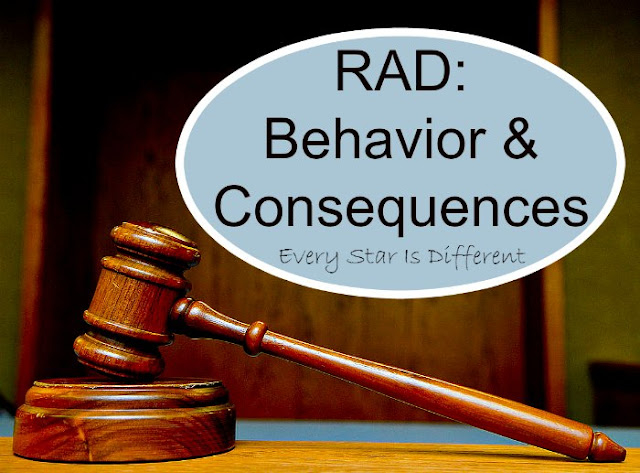
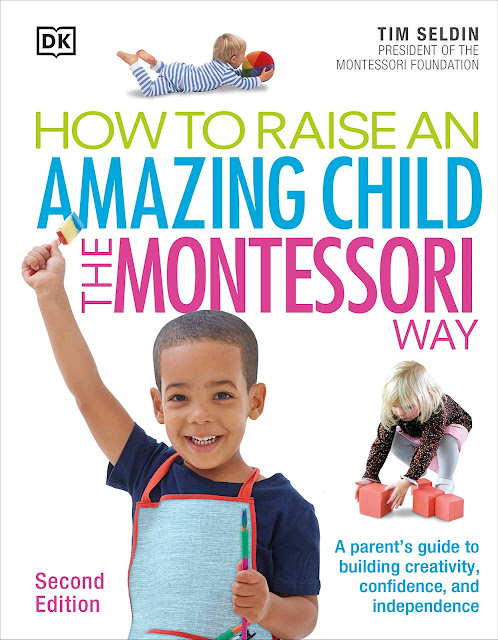



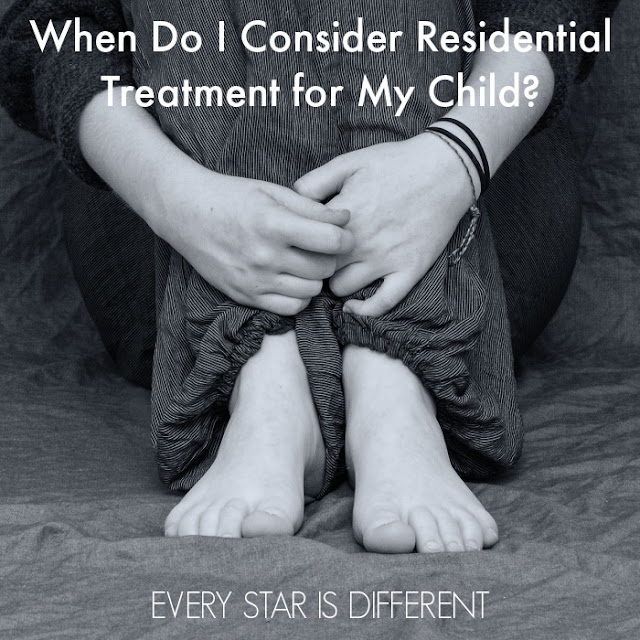
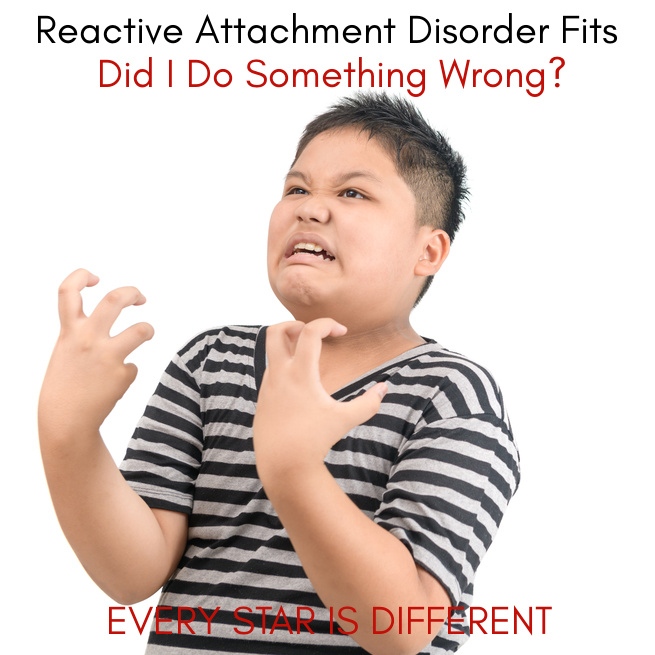






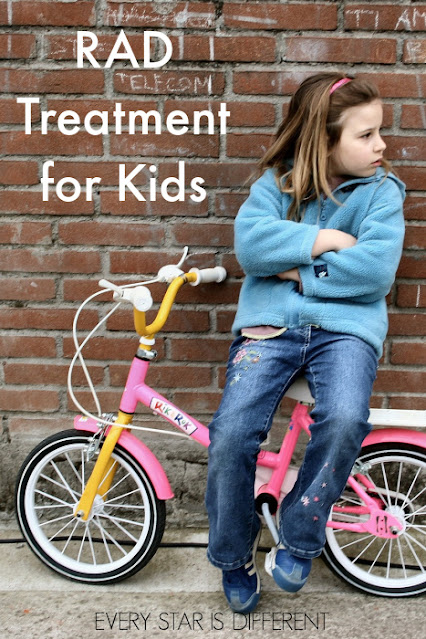
No comments:
Post a Comment